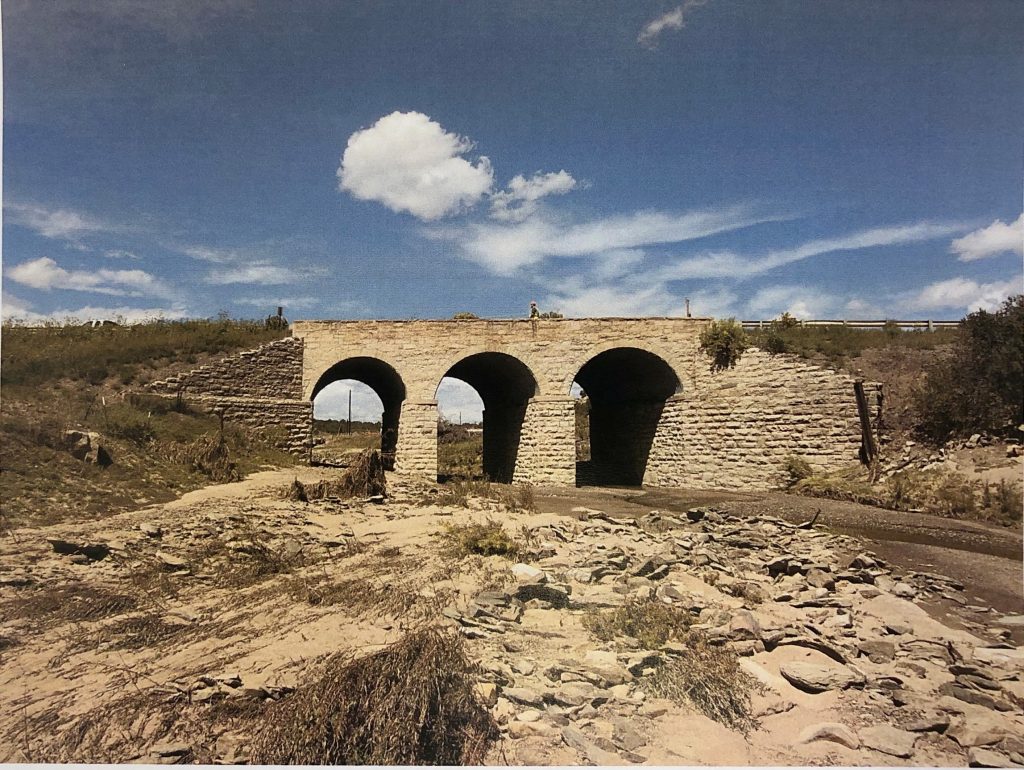
Year Listed: 2021
County: Statewide
Construction Date: various
Threat When Listed: Demolition and neglect
Status: In Progress
As a state with many distinguishing geophysical characteristics, including mountains and plains and rivers and streams, Colorado by necessity has many historic bridges that reflect its diverse regions and cultural heritage. But until recently, there has never been a strong bridge preservation ethic in the state. CPI, in conjunction with the Colorado Department of Transportation (CDOT), has embarked on a partnership to rectify this area of historic preservation that has gone largely unnoticed by the general public. The nomination for Colorado’s Most Endangered Places identified forty-six (46) on-system high priority bridges representing different bridge types and locations across the state. Of these, CDOT is willing to commit to preserving in place as many as 20 priority bridges. These bridges still carry vehicular traffic on state highways, and still function in that capacity.
The bridges under consideration for preservation range in age from 1888 to 1973 and include: concrete arch, concrete arch culvert, concrete I-beam, concrete rigid frame, concrete slab, riveted girder, steel arch, steel box girder, steel deck truss, steel rigid frame, steel stringer timber floor, steel through truss, welded girder, and treated timber stringer. These bridges span the full breadth of Colorado’s bridge development, which evolved from early timber structures and steel bridges to the use of more functional and standardized designs using pre-stressed concrete in the post-World War II era. In 2021, CDOT staff and CPI agreed on the list of 20 high-priority bridges to save in place in the coming years. A memorandum of understanding is being developed by CDOT Director Shoshana Lew to begin the process of developing management plans to save these bridges in the future.
“In order to save historic bridges, we must engage with local communities to raise awareness of the significance of different types of bridges, appreciation for the engineering of these structures, and support for the history these structures played in their community.”
– Rebecca Goodwin, EPP Nomination Reviewer



